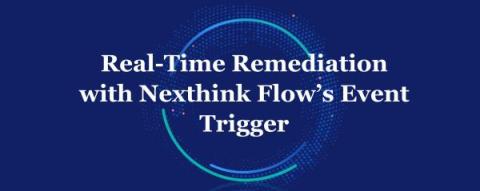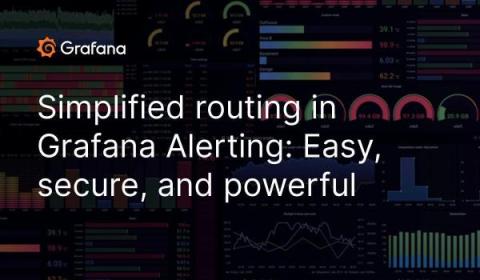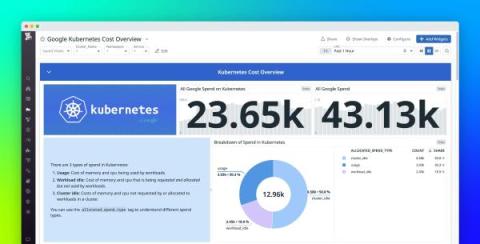Fresh from Paris: Platform engineering wisdom from KubeCon
Last week in Paris, at KubeCon EU 2024, platform engineering was the talk of the event. The topic had a full-day co-located event and also a dedicated track during KubeCon itself. Here’s what I’ve learned from sitting in keynote rooms and then standing at the Spot and NetApp booth till my knees hurt. (Spoiler: It was well worth it.)










